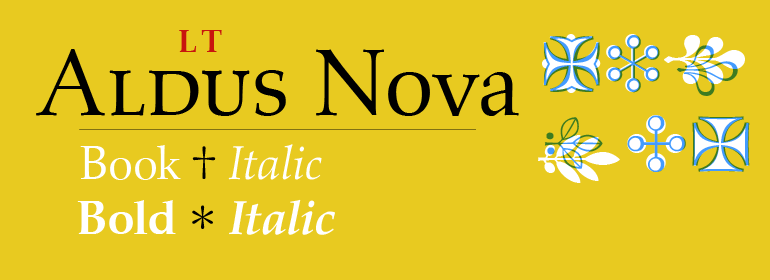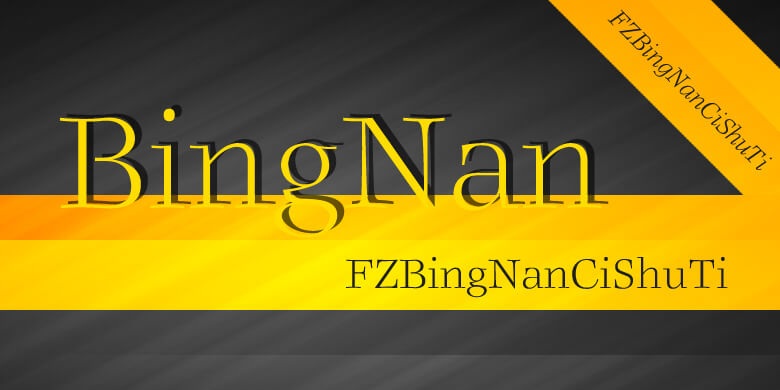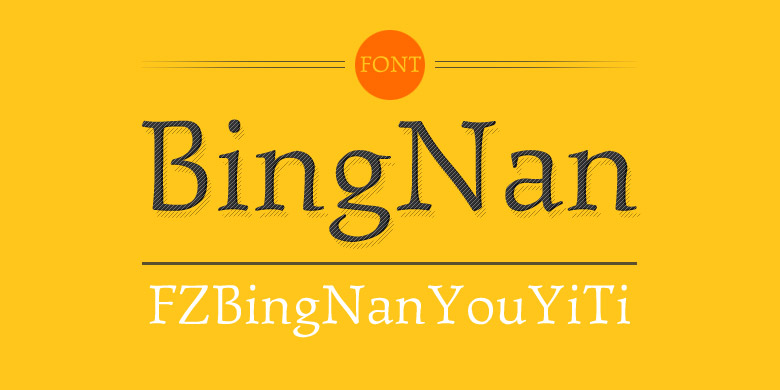Aldus® nova
字体介绍:
Hermann Zapf和Akira Kobayashi为21世纪重新开发了Palatino,创作了Palatino nova。由Linotype在2005年发布,Palatino nova家族是Linotype Platinum Collection家族的一部分。Palatino nova包括几个字重(Light、Regular、Medium和Bold),每个都有相应的斜体。四种样式(Regular、Italic、Bold和Bold Italic)在其字符集中内置了希腊字母和西里尔字母的字形。Palatino nova家族还包括Aldus(现在称为Aldus nova)的修订版,以及两个标题字重。第一个标题重量,Palatino nova Titling,是基于Hermann Zapf的金属字体Michelangelo,包括希腊菲迪亚斯(Phidias Greek)的希腊字形。更粗的标题字重,Palatino nova Imperial,是基于Sistina的。Palatino nova家族的字体支持所有48种西欧、中欧和东欧语言。附加功能: 连字和历史连字、小型大写字母、装饰字符和一家族数字(不等宽和等宽排列以及老式数字、分数、下标和上标)。
Palatino nova is Prof. Hermann Zapf's redesign of his own masterpiece, Palatino. The original Palatino was cut in metal by August Rosenberger at D. Stempel AG typefoundry in Frankfurt, and released in 1950. Palatino was later adapted for mechanical composition on the Linotype machine, and became one of the most-used typefaces of the 20th Century. Palatino was designed for legibility, and has open counters and carefully weighted strokes. The type was named after Giambattista Palatino, a master of calligraphy from the time of Leonardo da Vinci. Palatino is a typeface based on classical Italian Renaissance forms. A modern classic in its own right, Palatino is popular among professional graphic designers and amateurs alike, working well for both text and display typography.
Hermann Zapf and Akira Kobayashi redeveloped Palatino for the 21st Century, creating Palatino nova. Released by Linotype in 2005, the Palatino nova family is part of Linotype's Platinum Collection. Palatino nova includes several weights (Light, Regular, Medium, and Bold), each with companion italics. Four styles (Regular, Italic, Bold, and Bold Italic) have Greek and Cyrillic glyphs built into their character sets. The Palatino nova family also includes revised versions of Aldus (now called Aldus nova), as well as two titling weights. The first titling weight, Palatino nova Titling, is based on Hermann Zapf's metal typeface Michelangelo, including Greek glyphs from Phidias Greek. The heavier titling weight, Palatino nova Imperial, is based on Sistina.
The fonts in the Palatino nova family support all 48 Western, Central, and Eastern European languages. Additional features: ligatures and historical ligatures, Small Caps, ornaments, and a range of numerals (proportional & tabular width lining and Old style Figures, fractions, inferiors, and superiors)."






















 商业发布授权
商业发布授权
 出版物授权:针对出版物
出版物授权:针对出版物
 嵌入式应用授权
嵌入式应用授权






